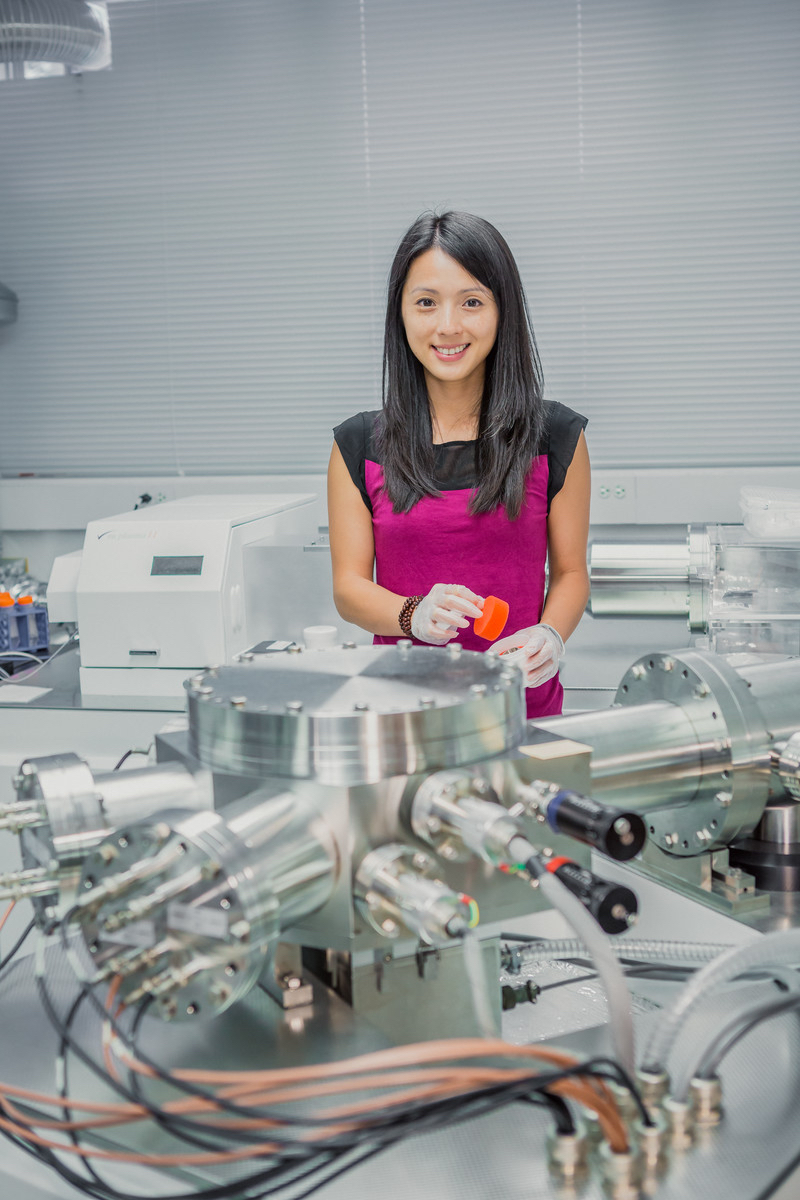Visiting Speaker - Dr. Corliss Kin I Sio
Date
Friday March 24, 20231:30 pm - 2:30 pm
Location
Miller Hall, Room 201Geological Sciences and Geological Engineering Distinguished Speaker Program presents Dr. Corliss Kin I Sio

On Friday, March 24th, Corliss Kin I Sio, Dept. Earth Sciences, University of Toronto, will be giving a talk for the Queen's Department of Geological Sciences and Geological Engineering.
Talk Title: "The role of iron isotopes in petrology: from volcanic eruptions to the origin of pallasites"
Date: Friday, March 24, 2023
Time: 1:30pm
Location: Miller Hall, Room 201
Coffee and treats will be served.
Bio:
I am a geochemist working at the intersection of isotope geochemistry (80%) and experimental petrology (20%). I am interested in the formation and evolution of magmatic systems, on Earth and other planetary bodies. Following the completion of my PhD from the University of Chicago, I spent two years at Carnegie as a postdoctoral fellow. Then, I took on a second postdoc position at the Lawrence Livermore National Laboratory, USA. There, I worked on constraining the age of the lunar crust using Apollo samples. Soon after being promoted to a staff scientist position, I took a position as an Assistant Professor at the University of Toronto, where I am building a mass spectrometry facility to continue my research in non-traditional stable isotopes.
Abstract:
Around the turn of the century, it was recognized that isotopes of the heavy elements (e.g., Mg, Fe) can display significant fractionations in igneous rocks, with both kinetic and equilibrium processes capable of producing measurable isotope fractionations. In this talk, I will demonstrate how stable isotopes can complement and improve upon existing petrologic tools that are based on chemical analyses alone. I will show how kinetic isotope fractionations can be used to identify chemical diffusion, which provides critical constraints on volcanic plumbing systems and the rates of magma transport. Equilibrium isotope fractionations, on the other hand, can be used to test assumptions of chemical equilibrium in mineral assemblages, illuminating their petrogenesis. I will show that olivine and metal in pallasites are not in isotopic equilibrium, thereby precluding their origin as core-mantle boundary materials. Rather, pallasites are impact samples that were emplaced at shallow depths within their parent body.